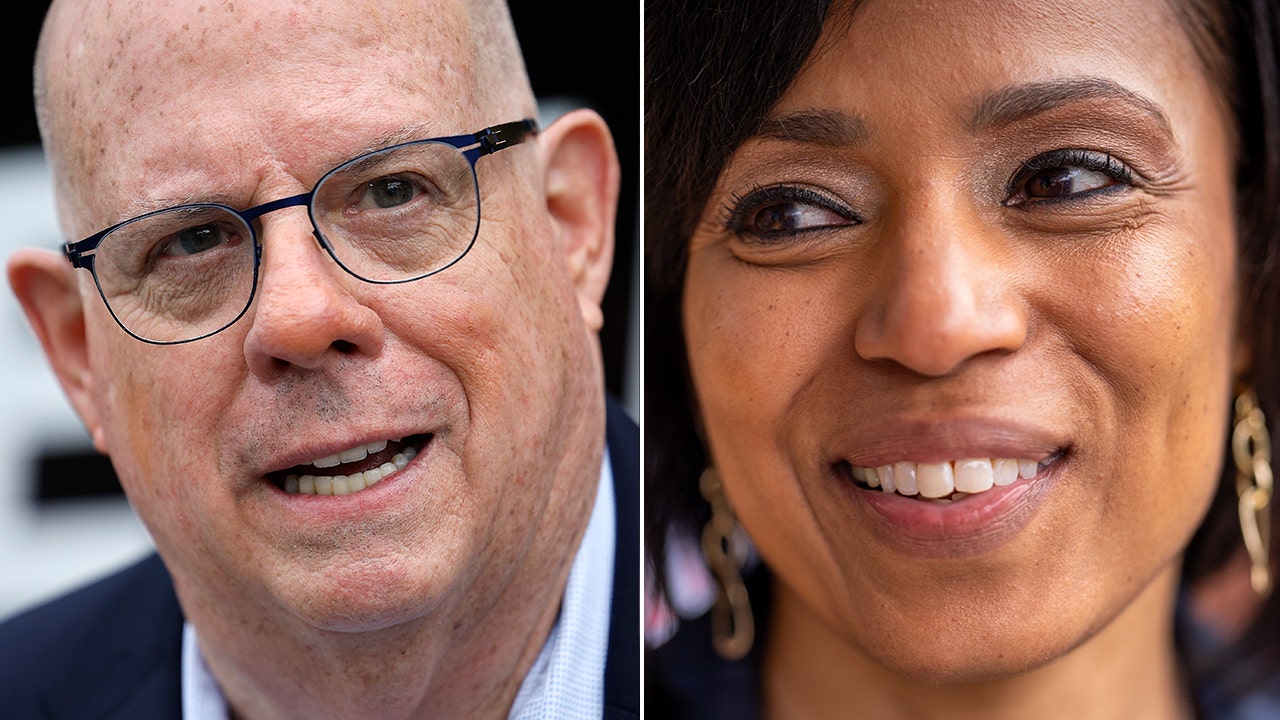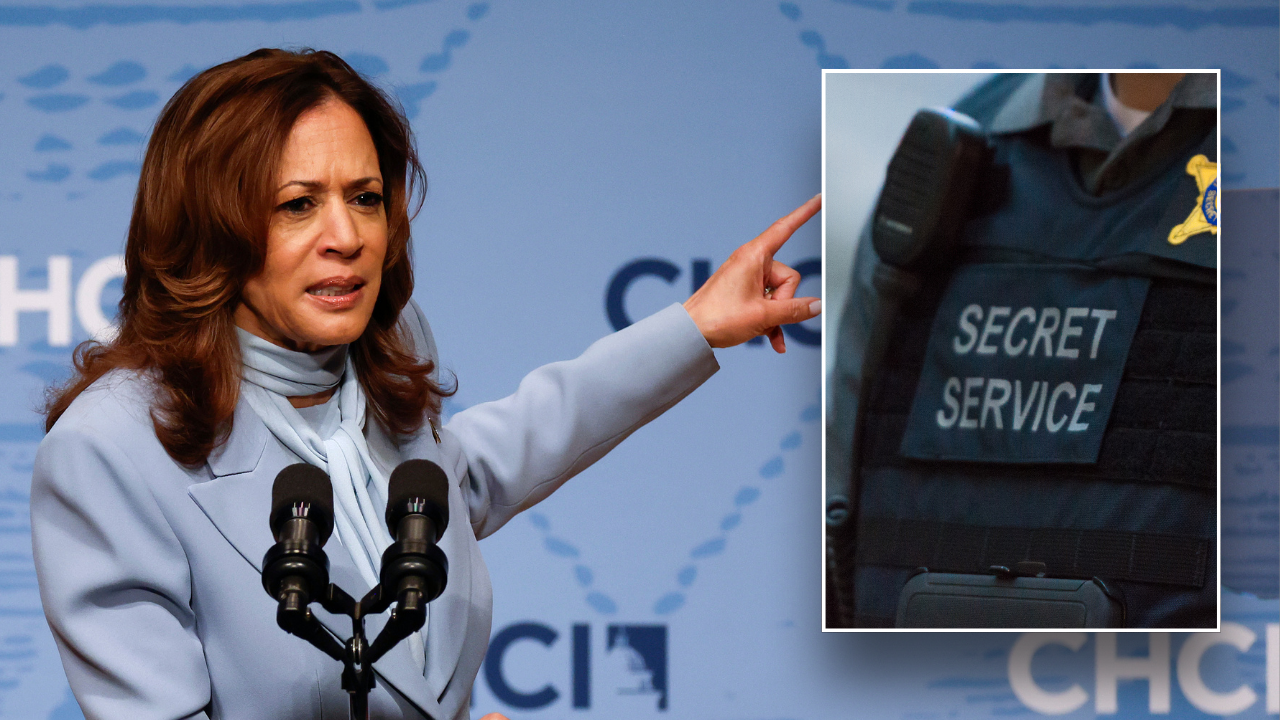West
Gavin Newsom: Critics said California's minimum wage increase would be a job killer. The opposite happened
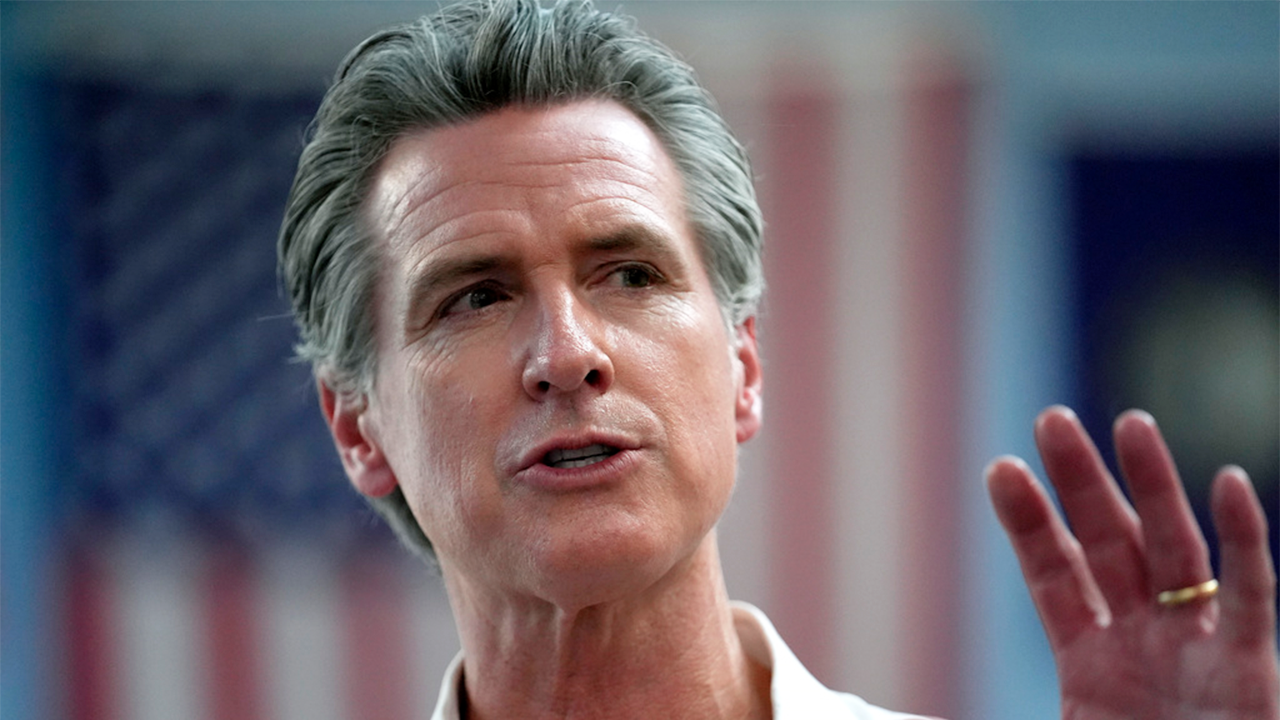
NEWYou can now listen to Fox News articles!
About a year ago, I signed into law an increase in the minimum wage for fast-food workers. The legislation created new protections for these hard-working people and gave them a greater voice in establishing workplace standards.
That bill, which took effect on April 1, increased the minimum wage to $20 per hour for workers at fast-food chains with 60 or more locations and created new health and safety standards.
Predictably, this modest law prompted fainting spells from conservatives and their enablers in the media. Even before I signed the bill, they quickly said it would lead to devastating job cuts and cause scores of businesses to close.
California Gov. Gavin Newsom greets people, Monday, July 8, 2024, near the Common Man Roadside Market and Deli, in Hooksett, New Hampshire. (AP Photo/Steven Senne)
It was used as a scapegoat for businesses declaring bankruptcy, firing workers and more. As reported by the Los Angeles Times, the corporate restaurant industry even pushed out fake numbers to make it seem like thousands had been fired because of the wage increase.
NEWSOM, CALIFORNIA BUSINESS GROUP SPAR OVER CONTRASTING JOB NUMBERS AFTER MINIMUM WAGE HIKE
Now, the data is in. It shows that the opposite is happening: California now has more fast-food jobs than ever.
We believe in fairness, equity and the idea that everyone deserves a chance to succeed. And these results dispel the cynics who say we must choose between protecting workers and growing the economy.
In fact, fast-food jobs have increased every month this year. Since the law was enacted, California has added 11,000 new jobs in the industry. As of July, our state boasts a historic 750,500 fast-food jobs.
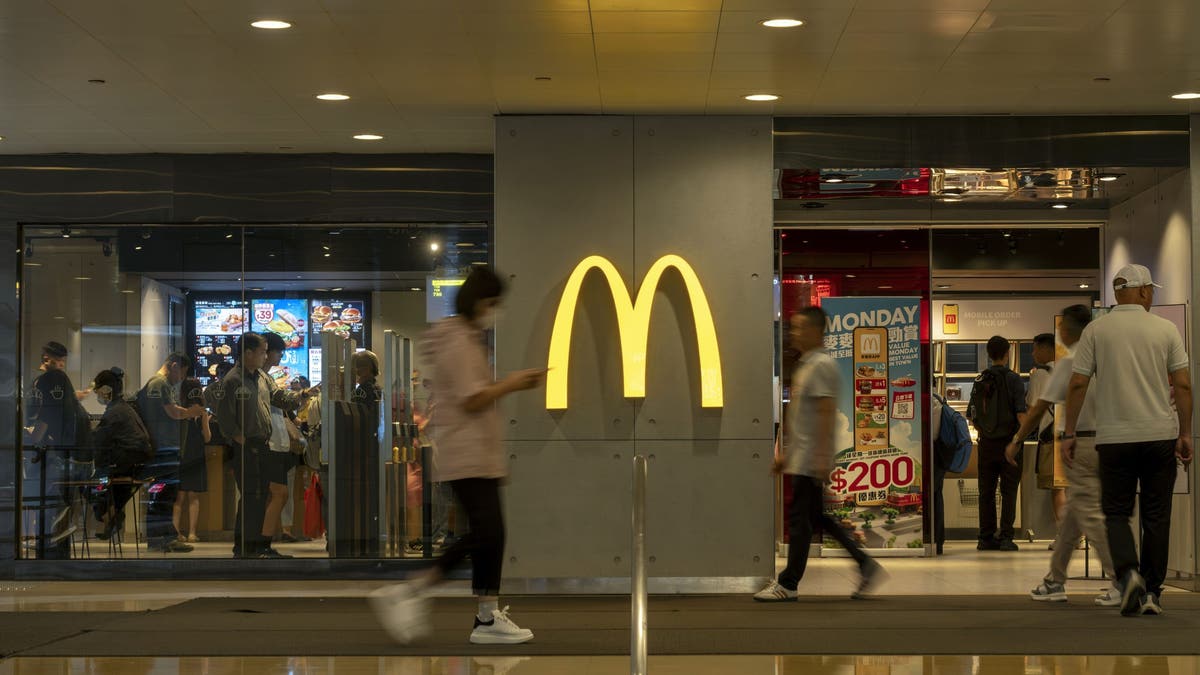
Customers can be seen walking outside one of the nation’s largest fast-food chains, McDonald’s. (Getty Images)
But the benefits of a higher minimum wage extend well beyond these job numbers. A quarter of fast-food workers are the primary income earners for their families, and two-thirds are women. These workers are more likely than most to deal with workplace retaliation, extreme heat, unsafe working conditions, wage theft and more.
Because of California’s compassion for working people, these men and women living paycheck to paycheck now enjoy better working conditions, reduced financial stress and greater opportunities for upward mobility. Families are finding it easier to make ends meet, reducing their reliance on public assistance programs and contributing to a healthier, more prosperous state.
US STATES LOOKING TO BOOST MINIMUM WAGE TO $20 AS INFLATION ISSUE CONTINUES
This is an industry that has seen profits soar while wages stagnate. Last year, the top 10 fast food chains saw surging growth, including McDonald’s, which had a 63% increase in profits. Also, last year, the 10 biggest fast-food companies spent $6.1 billion on stock buybacks – largely benefiting Wall Street investors.
Contrast those profits with the stories of real people working to support themselves and their families.
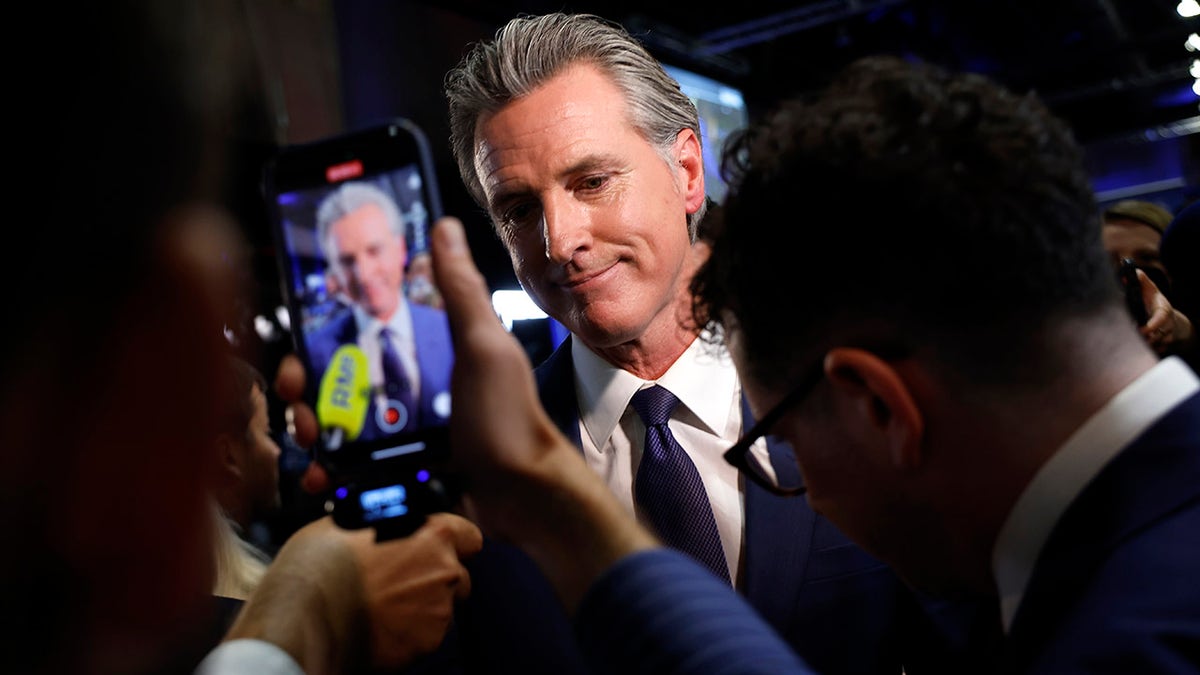
California Gov. Gavin Newsom talks to journalists before the debate between former President Trump and Vice President Kamala Harris on Sept. 10, 2024, in Philadelphia. (Chip Somodevilla/Getty Images)
Julieta Garcia, a Los Angeles Pizza Hut worker, said, “Before the increase I had to choose between paying rent or bills on time every month.” Dionicia Cerbacio, who works at a McDonald’s in San Jose, said she’s “hoping to save up and take my grandkids to Disneyland for the first time.” Karina Ceballos, who works at a Castro Valley Jack in the Box, saw $400 extra in her check and said, “I might be able to even save some money.”
CLICK HERE FOR MORE FOX NEWS OPINION
Our commitment to raising the minimum wage is a testament to California’s values. We believe in fairness, equity and the idea that everyone deserves a chance to succeed. And these results dispel the cynics who say we must choose between protecting workers and growing the economy.
The positive impacts we are seeing – job growth, improved working conditions and enhanced economic stability – prove that this policy is not only economically sound but the right thing to do for California families.
Read the full article from Here

San Francisco, CA
Navy’s Hunters Point Shipyard Cleanup in San Francisco Moves Underwater | KQED

The cleanup will focus on select contaminants — polychlorinated biphenyls, copper, lead and mercury — left by the Navy when the base was active. The goal is to remove contaminants that endanger animals that live in bay mud, as well as birds and humans that eat the contaminated shellfish and fish harvested from the water around the site.
Community advocates have called the agreement a “back door deal” that doesn’t fully address the radioactive contamination the Navy left in the soil at the site.
Work won’t start until 2027 after the Navy completes remedial design and planning. It will take about two years to complete the more than $30 million project; the Navy has yet to select a contractor to carry out the work or landfill to dispose of the waste.
The polluted sediment could be removed or remediated with dredging, treatment in place, capping or natural processes that eradicate the contaminants over time. The U.S. EPA and the California EPA oversee and enforce the Navy’s cleanup actions.
The 866-acre Hunters Point Naval Shipyard site was home to a shipyard from 1945 to 1974 and the Naval Radiological Defense Laboratory from 1948 to 1960. By decontaminating ships after atomic bomb tests and other activities, the Navy contaminated shipyard soil and groundwater — as well as surface water and sediment in the San Francisco Bay — with radioactive chemicals, heavy metals and petroleum fuels. The base was declared one of the nation’s most contaminated sites in 1989.
The agencies overseeing the cleanup alongside the Navy spent at least six years figuring out the best way to clean up the underwater portion of the site because it poses a risk to people and wildlife.
Cleanup of the site began in 1996.
“You don’t have to be an engineer to do the math, but that’s 28 years,” said Eileen White, executive officer of the San Francisco Bay Regional Water Quality Control Board. “I want to thank the community who’s had to wait, but the end product is going to be great.”
The project is important as storms intensify because of human-caused climate change, said Michael Montgomery, director of the EPA’s Superfund and Emergency Management Division.
“Very large storms can cause disruption,” he said. “So, in terms of super storms, the remedy would help prevent contamination from shifting.”
Bayview residents including Arieann Harrison have advocated for the complete cleanup of the site for decades. Harrison, founder and CEO of the Marie Harrison Community Foundation, said community members felt blindsided by the plan.
Denver, CO
Broadway in downtown Denver shut down for more than an hour during morning rush, but nobody knows why

Slow traffic on Broadway isn’t unusual on weekday mornings, but Thursday was particularly frustrating for drivers as they approached the state Capitol. Despite a sign warning of only an approaching left lane closure, it turns out the entire street was closed between Colfax and 14th Street.
Broadway was closed from approximately 7:30 a.m. to 8:30 a.m. Denver police officers routed drivers east and west on Colfax to get around the closure.
CBS News Colorado asked the Denver Police Department why Broadway was closed, but the media relations unit told us they had no calls for service and that perhaps the closure was due to an event. CBS News Colorado checked with the Civic Center Conservancy, but they were unaware of any events on Thursday morning.
DOTI, which is Denver’s Department of Traffic and Infrastructure, has not yet responded to requests for information. Neither has RTD, which operates the Civic Center Station a block-and-a-half away.
Colorado State Patrol has jurisdiction over the state Capitol, but they also had no knowledge of the closure.
CBS News Colorado will continue to seek answers, but it’s looking like this closure may remain a mystery.
Seattle, WA
Klatt: Why Seattle Seahawks' Macdonald isn't just a defensive guru

Mike Macdonald has been one of the NFL’s top storylines this week after guiding the Seattle Seahawks to a 3-0 start.
‘We put our track shoes on’: How Seahawks’ defense rebounded
In doing so, the 37-year-old Macdonald became the first Seahawks coach in franchise history to begin his career with three straight wins. He also became the NFL’s first rookie head coach to start 3-0 since 2015.
At the center of Seattle’s early success has been a revamped defense under Macdonald, who is calling the plays on defense. The Seahawks rank among the league’s best in numerous categories, including first in yards allowed per play, second in yards allowed per game and fourth in points allowed per game.
That only further adds to Macdonald’s reputation as a defensive mastermind following his immense success the past two seasons as the Baltimore Ravens’ defensive coordinator. But as FOX college football analyst Joel Klatt explained Tuesday on Seattle Sports’ Brock and Salk, there’s much more to Macdonald than just his defensive brilliance.
Klatt got to know Macdonald back when he was the Michigan Wolverines’ defensive coordinator in 2021. From conversations he had with Macdonald, Klatt was very impressed by how he approached his defensive play-calling from a holistic, team-wide perspective.
“He was such a bright guy and thought about the game in such a complementary fashion,” Klatt said. “And I remember thinking he was going to be a very solid head coach, and the reason is that he didn’t just think about defense. He thought about the way to call a game that was in complement with the rest of the team.”
As an example, Klatt shared an anecdote about how Macdonald would pick his spots to be aggressive on defense – and why he liked to do so after a Michigan scoring drive.
“He would wait for a moment, (often in) the third quarter, and he would say to himself, ‘This is my time to go and be aggressive. I’m not going to be aggressive all the time, but this is the opportunity, because if I force a three-and-out now, I put a tired defense back on the field, and our odds of creating points are going to be much higher. And then if we get a two-score lead with our offense and the way that our defense plays, that’s basically the game,’” Klatt said.
“And so he would understand these finite moments within games where he was going to change up – whether it’s his schematics or his aggressive nature – in order to give his overarching team a better chance to win. And I have never had a conversation like that, specifically with a defensive coordinator, in relation to the overall game and team. And I just remember thinking to myself, ‘This guy’s gonna make a great head coach.’”
Former NFL quarterback Brock Huard, a colleague of Klatt as a FOX analyst, agreed with Klatt’s assessment that Macdonald views the game differently than most head coaches who double as either an offensive or defensive coordinator.
“I do not feel like Mike Macdonald is a defensive-minded head coach,” Huard said. “I feel like Mike Macdonald is a complementary, football-minded head coach. He’s not calling the signals because of what he wants to accomplish defensively. He’s doing everything in the aspect of a team.
“And that is unique for defensive guys. The ones that I played for in my life, that was not the way (they were) wired. … That is not typically how defensive guys have been brought up through the years.”
Listen to the full conversation with Joel Klatt at this link or in the audio player near the middle of this story. Tune in to Brock and Salk weekdays from 6 to 10 a.m. or find the podcast on the Seattle Sports app.
More on Seattle Seahawks
• Rost: What we know and don’t know through three games
• How Huard expects a Seahawks reunion with veteran OT to play out
• DK Metcalf at his best? Three ways Huard says he’s grown
• How real is Seahawks’ defensive dominance? 10 stats that stand out
• Why Rayshawn Jenkins was a player the Seattle Seahawks wanted
-

 News1 week ago
News1 week agoSecret Service Told Trump It Needs to Bolster Security if He Keeps Golfing
-

 Business1 week ago
Business1 week agoU.S. Steel C.E.O. Says Nippon Deal Will Strengthen National Security
-
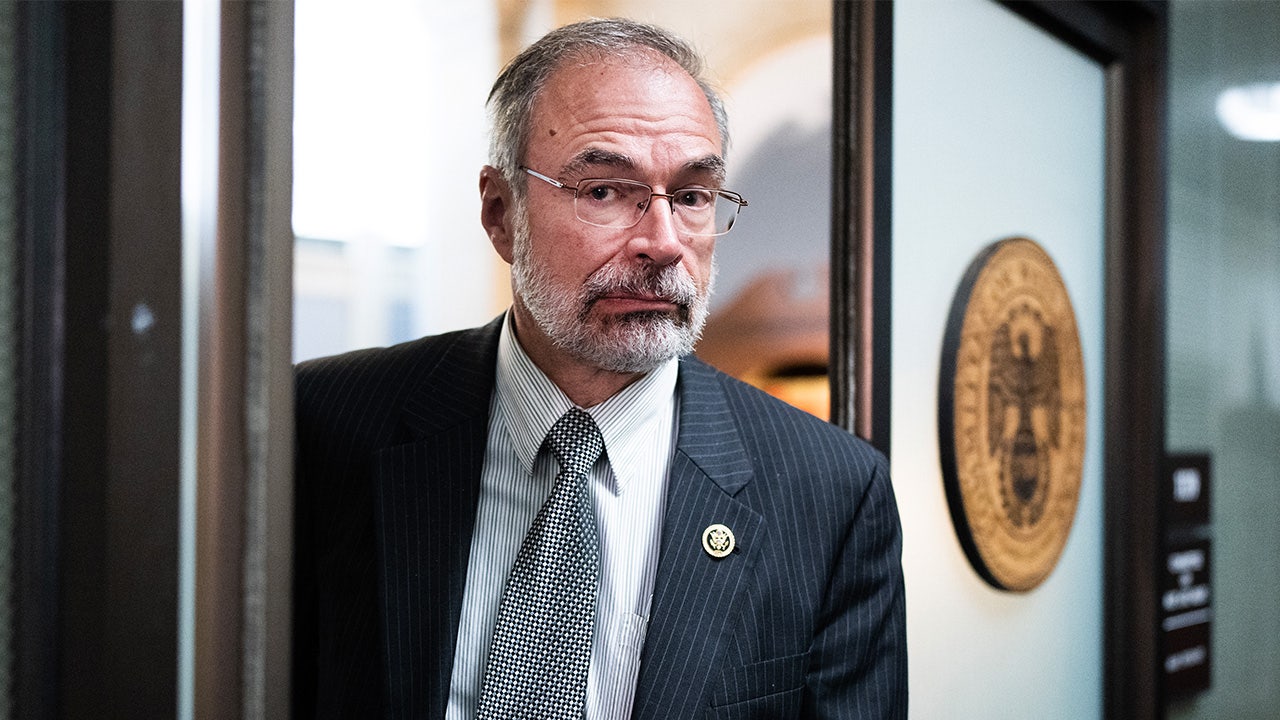
 Politics1 week ago
Politics1 week agoNew House Freedom Caucus chair reveals GOP rebel group's next 'big fight'
-

 News1 week ago
News1 week agoToplines: September 2024 Inquirer/Times/Siena Poll of Pennsylvania Registered Voters
-

 News1 week ago
News1 week agoDisney trips meant for homeless NYC students went to school employees' families
-

 Politics1 week ago
Politics1 week agoBiden admin moves to reinstate Trump-era rule, delist gray wolves from endangered species list
-

 Politics7 days ago
Politics7 days agoDem lawmakers push bill to restore funding to UN agency with alleged ties to Hamas: 'So necessary'
-

 World1 week ago
World1 week agoWhat’s South Africa’s new school language law and why is it controversial?









